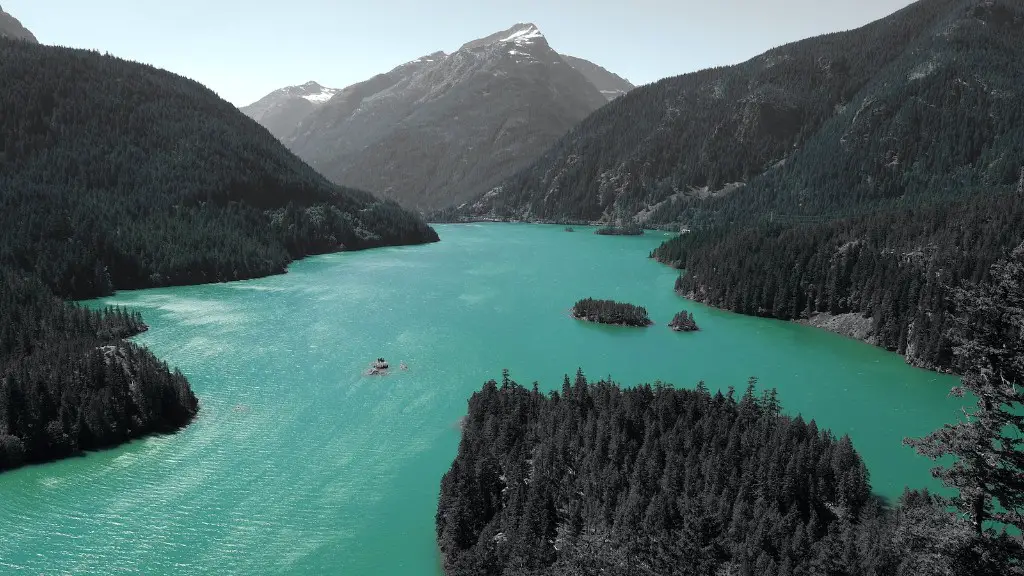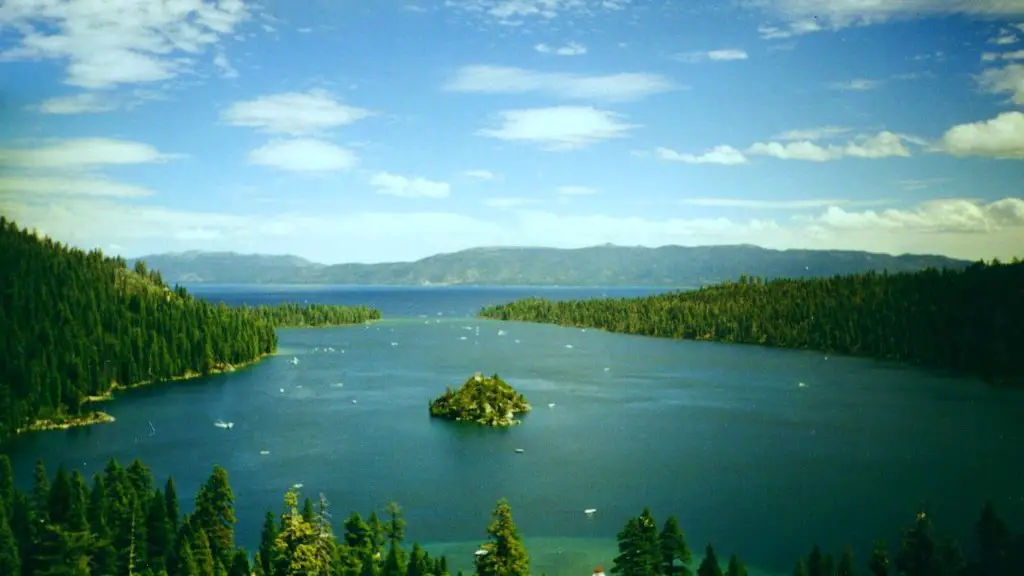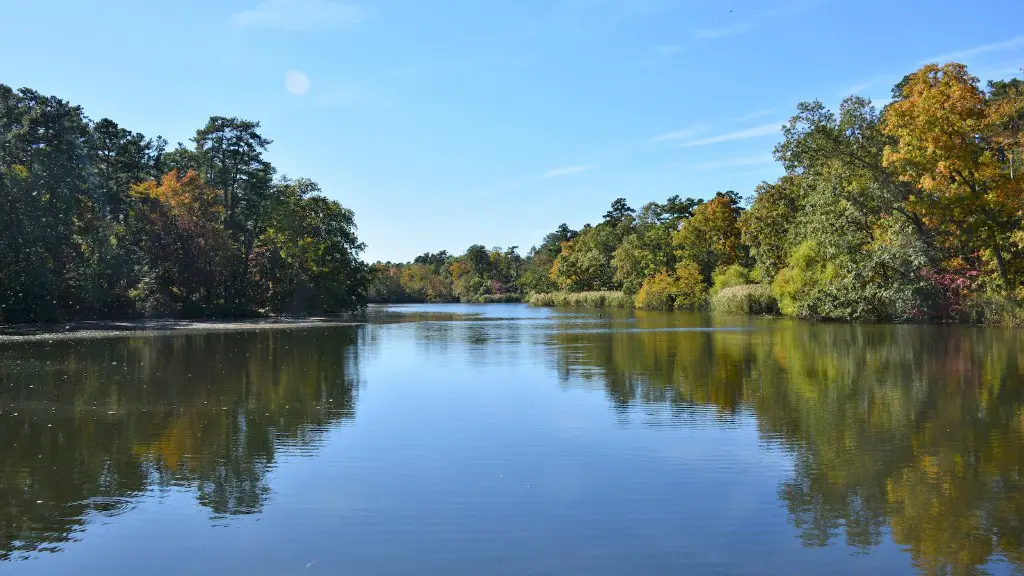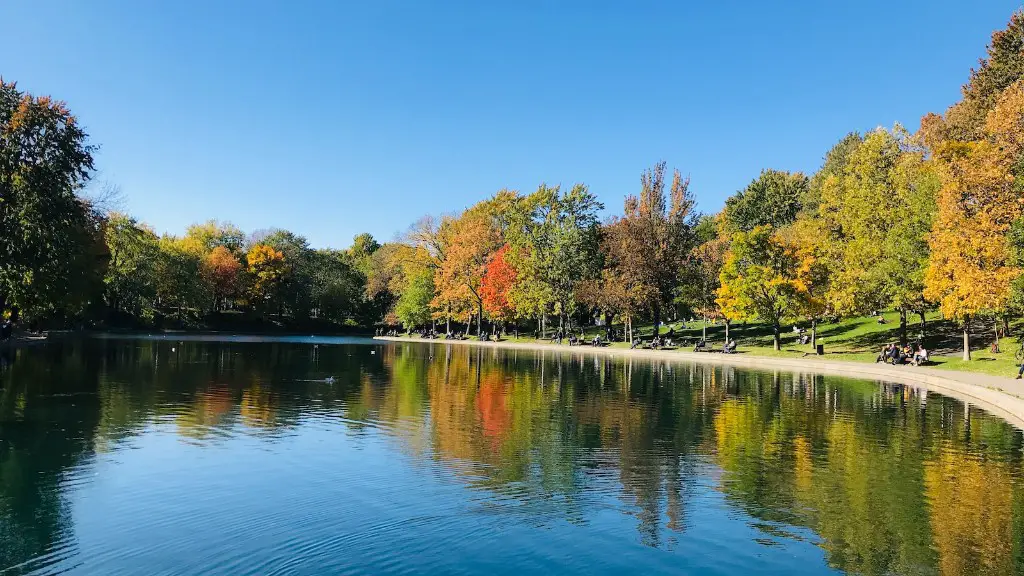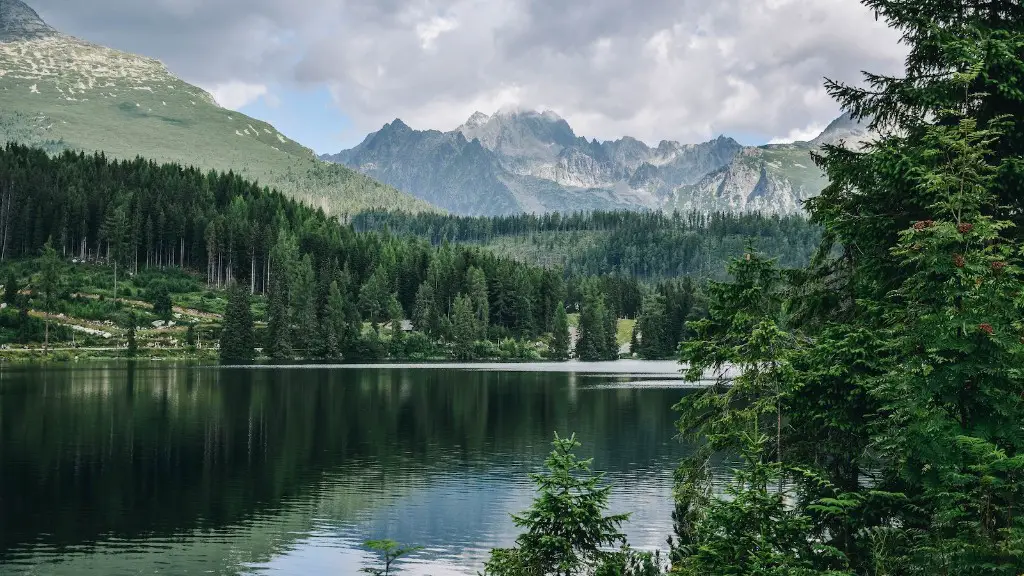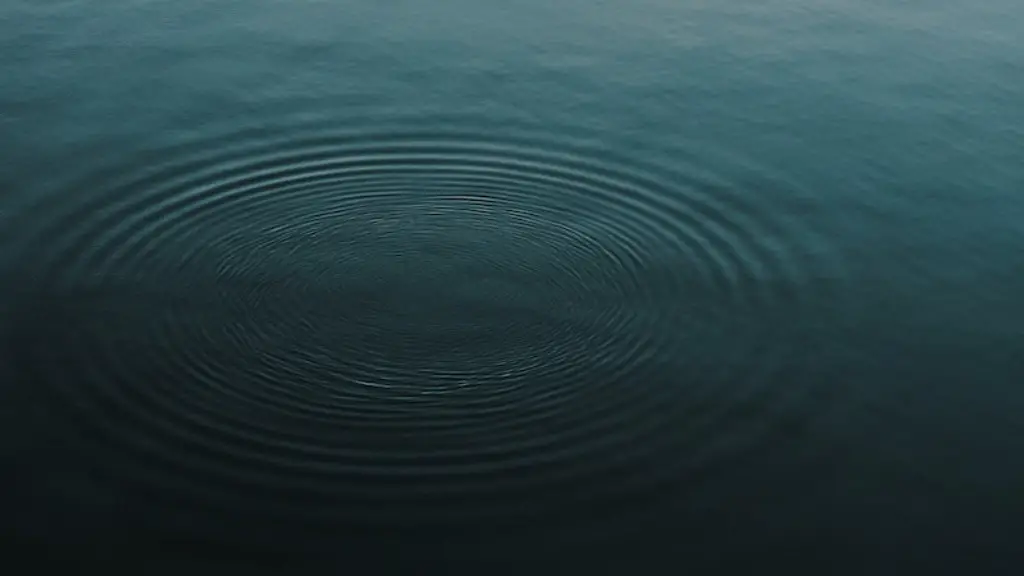Cusco, home of ancient Incan culture, is a fascinating place to visit, but many tourists also use it as a base to explore the wonders of the nearby highland lake, Lake Titicaca. Taking a journey to the lake can be an amazing experience and it is worth taking some time to plan the trip.
One of the main routes to get there is by bus, with a journey time that can range from around 5 to 8 hours, depending on the route you choose and the time of day. Popular tourist companies have buses that call in at various destinations along the way and can provide an enjoyable experience as you make your way to the lake. Alternatively, you might choose to drive. The route from Cusco is most commonly done in a car, as driving gives you the opportunity to explore and stop for photo opportunities and sightseeing along the way.
The cost of travel depends on which mode of transport you choose, but you can expect to pay around 50-60 soles (approx. $17-20 USD) for the bus, while hiring a car will cost more. It is also possible to hire a driver with a car, which is often a good compromise if you want the convenience and comfort of a vehicle but you are not confident in driving yourself.
During the journey your route will take you through many interesting destinations and small villages. Cross the high passes, wind through the countryside and then head down to the incredible shores of Lake Titicaca. As you get closer, you’ll get the opportunity to witness the culture of the different areas you pass through and to learn from the people you meet along the way.
Once you arrive at the lake there is plenty to explore. Cruise around the lake in a traditional boat, explore the floating islands of Uros, take a tour around Copacabana or visit a local village. The lake is vast and so there is plenty to explore. Just remember to relax and enjoy the journey. Staying overnight in Copacabana is highly recommended because the lake can be stunning at sunset, when the gentle waves create a mesmerizing view.
Choosing the Right Route
When planning your trek to the lake, it is important to pick the right route. The most common route is via Puno, the capital city of Peru’s Puno region and the gateway to Lake Titicaca. Travelling this way will take around 8 hours, but can often be more enjoyable as you get the opportunity to stop and explore various parts of the journey.
If you would prefer a more direct route, you can take a private tour to the lake or hire a car or driver. This route takes you through some of the most beautiful parts of the Peruvian highlands, as you pass through small villages with friendly locals and spectacular views. However, it is often slower and can take up to twelve hours, due to the winding mountain roads.
Whichever route you pick, make sure you research the locations you intend to pass through, the cost of the journey, and the potential risks associated with your chosen route. You should also consider reserving a hotel or guesthouse close to the lake, as accommodation can be limited.
Factors to Consider
If you are planning on travelling from Cusco to Lake Titicaca by bus, it is important to keep in mind that most of the road is unpaved and subject to bad weather conditions, so it is important to book during the dry season and keep an eye on the weather reports. You should also be aware that the roads can be dangerous during the night, so it is best to plan your journey for the daytime.
Driving can also be dangerous due to the lack of safety measures on some mountain roads. It is important to drive with caution and to make sure that your vehicle is in good condition before setting off. If you are leaving Cusco, you should be aware that the journey is approximately 13 hours and is often done in one day, so make sure you fill up with plenty of petrol and arrange to take regular breaks.
Finally, don’t forget to factor in the altitude change. The highest point of Lake Titicaca is over 12,500 feet (3,800 meters) above sea level, so it is important to take this into account when planning your trip. It is also important to remember that the temperature at the lake can be cool and you should bring warm and waterproof clothing for the journey.
Getting the Most Out of Your Trip
It is worth taking the time to plan your journey from Cusco to Lake Titicaca, as it can be an amazing experience. There are various routes available and you should factor in factors such as cost, time, altitude and safety into your planning. If you are considering taking a bus, make sure to book during the dry season and plan for daylight travel. When travelling by car, be sure to check the condition of your vehicle and make sure you have enough fuel and other supplies. Finally, don’t forget to bring warm and waterproof clothing and to enjoy the experience, no matter which route you choose.
Things To Do At The Lake
Once you reach the lake there are plenty of things to do. Head out on a boat to explore the lake, hire a kayak or an SUP board to explore isolated areas, or take a tour to visit the island of Uros. The locals are also a friendly bunch, so don’t be afraid to say hello and learn more about their culture.
Along the banks of the lake there are plenty of places to stay, from hostels and guesthouses to luxury hotels. The area has also been greatly developed in recent years, so there are lots of restaurants, cafes, and shops to explore. The lake really does have something for everyone.
Take a stroll along the lake shores and you will find plenty of amazing views. From the brightly coloured birds that line the lake at dawn to the majestic snow-capped mountains in the background, you will find it hard to put your camera away.
For those looking for a more active holiday, there are plenty of activities at Lake Titicaca. Horse-riding, biking, hiking, and paragliding are all great ways to explore the lake and its surroundings. The lake is also a great place to try some water sports, with kayaking, SUP, and sailing all popular activities.
What To Bring On Your Trip
When it comes to packing for your journey, be sure to bring enough warm and waterproof clothing. Also, make sure to bring a sturdy pair of walking shoes if you plan to spend time exploring the area. A camera and a headlamp are also essential items for the journey and you should also remember to bring your passport, a sun hat, sunglasses, and any other items you may need for the journey.
It is also a good idea to bring some warm clothing even if you plan to stay close to the lake as the evenings can get cold. A swimsuit, sunscreen, and insect repellent are also essential items, particularly during the summer months.
Finally, bring cash in both the local currency and US Dollars, as it is often easier to exchange the currency in Cusco before you travel.
Getting Around The Lake
Whilst at the lake, it is easy to get around. Boat tours are a popular way to visit nearby islands and attractions, as are ferries, buses and car hire. Taxis can also be hired for short distances and motor bikes may be available in some areas.
If you have time to spend, consider finding an accommodation by the lake and exploring the surroundings. This gives you the chance to embrace the local culture, visit the islands, explore the markets and try some of the local cuisine. Although the area is developing at a rapid pace, the towns and villages by the lake retain a lot of the traditional customs and habits that make it such a special place to visit.
Safety Tips
Safety is an important factor to consider when travelling to Lake Titicaca, particularly when it comes to personal safety. As with any journey, it is important to take sensible precautions such as not walking alone at night, avoiding strange and unfamiliar areas and using common sense when interacting with people. It is also advisable to check in with your accommodation regularly and keep your mobile phone with you at all times.
When taking to the water, make sure that you are wearing a life jacket and have plenty of water with you. If you are taking a boat tour, be sure to select a reputable company and check that the boat and crew have the necessary safety equipment.
Finally, be sure to check the local weather forecast as conditions can change quickly in the area and you should also consider taking out travel insurance to cover any medical expenses or other unforeseen costs.
Where To Eat
Around the lake you will find plenty of interesting places to eat, including restaurants, cafes and street stalls. Many restaurants offer traditional Peruvian cuisine, including the famous pachamanca dish. There are also plenty of restaurants serving international dishes and snacks, as well as plenty of local specialties such as cuy, a cheese-filled pastry served with jam and honey.
Street stalls are plentiful, offering a variety of snacks including empanadas, quesadillas, grilled corn and other local treats. You can also find freshly cooked fish from the lake, as well as the traditional ceviche. Street food is often cheap and very tasty – just make sure to check that it’s cooked in a safe and hygienic environment.
If you’re on a budget, it is worth looking for a local hostel as these often offer meals for a fraction of the price of restaurants. Another option is to buy some food from a local market, such as fruits, vegetables and grains, and cook it yourself.
Where To Buy Souvenirs
If you’re looking for souvenirs or traditional crafts, there are plenty of places to shop. Local markets are a good place to start, offering everything from traditional clothing to jewellery and artisan goods. You can find plenty of interesting items such as alpaca wool blankets, handmade pottery, and traditional musical instruments.
There are also plenty of souvenir shops in the towns around the lake, as well as small tourist restaurants and stores selling souvenirs and other travel essentials. You can also find single stalls, selling everything from fruits and vegetables, to hand-knitted goods and jewelry.
When bargaining and buying souvenirs, remember to be aware of your surroundings and not to spend too much money. It is also worth considering where the items have come from and supporting local artisans through buying their goods, rather than buying from large factories.
